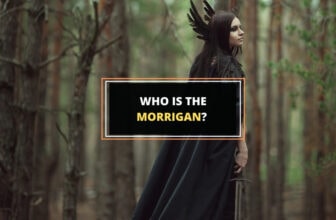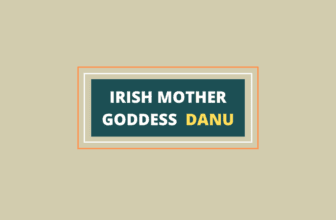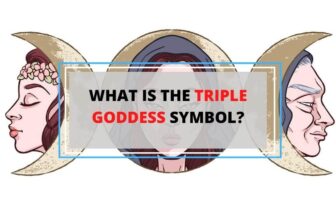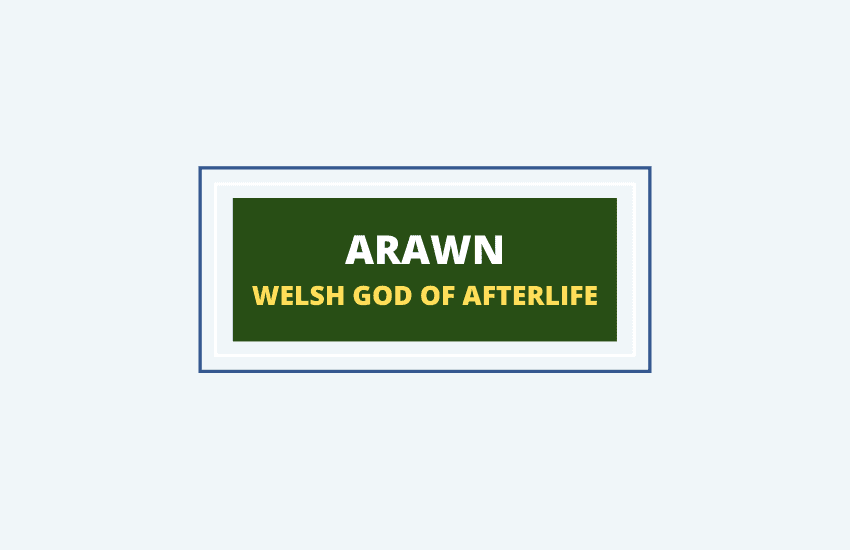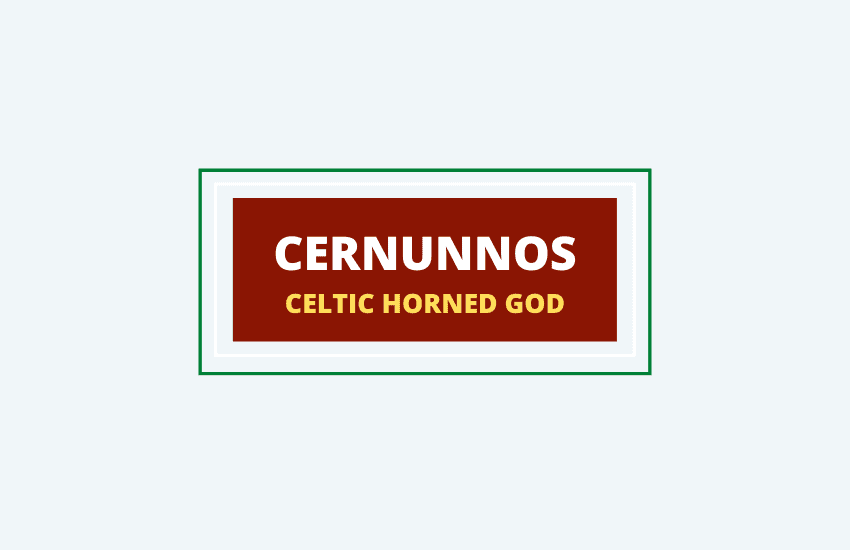
Table of Contents
In Celtic mythology, Cernunnos was the Horned God who ruled over wild beasts and places. He’s most commonly associated with forests, wild animals, fertility, and wealth. Cernunnos is often depicted with prominent stag antlers on his head and was known as the Lord of the Wild Places or God of the Wilds.
The History and Mythology of Cernunnos
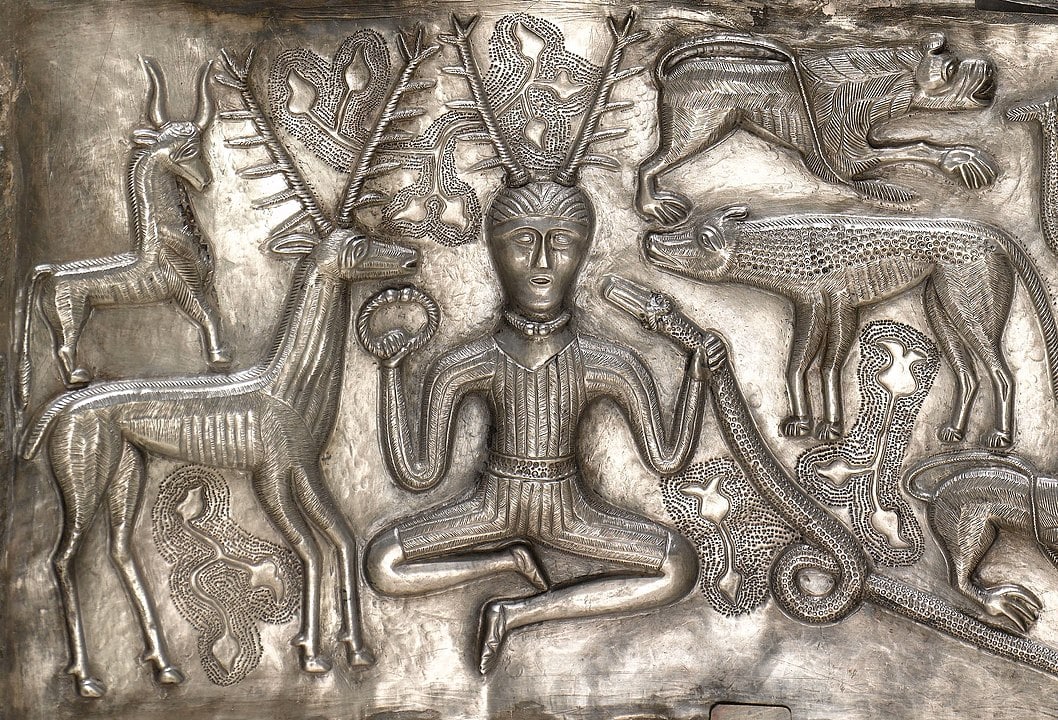
The ancient Gaelic word Cernunnos means horned one or horned. In Indo-European languages, the word cern was generally used to depict horned creatures, for example, the Greek word unicorn. Later, Cernunnos’ name was used for many other horned deities whose names have been lost over time.
Cernunnos remained a mysterious divine being, and his name was mentioned in only one historical account. However, neopagans and modern-day scholars have associated the horned god with a number of characters in various stories.
Below is a list of the editor’s top picks featuring the statue of Cernunnos.
Historical Background
As already mentioned, the name Cernunnos appeared in only one historical source. The term was found in a Roman column, called the Pillar of the Boatman, dating back to the 1st century CE. It’s believed that the column was erected by the guild of Lutetian sailors in the city known today as Paris and was dedicated to Emperor Tiberius.

It contained various Latin inscriptions that were mixed with the Gaulish language. These inscriptions depict different Roman deities, mainly Jupiter, mingled with deities that were explicitly Gallic, one of them being Cernunnos.
Another famous depiction of Cernunnos was found on the Gundestrup cauldron, a Danish silver dish that was richly decorated. It’s believed that the cauldron was first found in Gaul near Greece in the 1st century BCE. Here, Cernunnos was the central figure depicted as an antlered male holding a torc in his right hand and a serpent in his left hand.
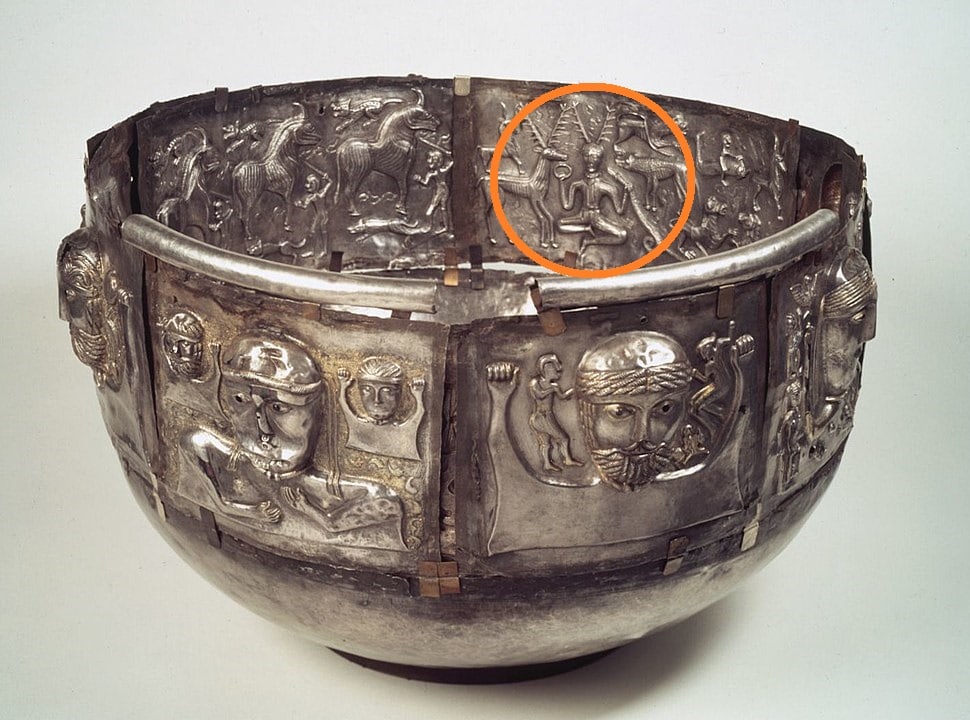
Cernunnos and the Warrior Conall Cernach
In Celtic mythology, recorded ancient literary sources and myths usually don’t portray the horned god directly. On the other hand, the representation of antlered beings and serpents play a distinctive role in many ancient narratives.
One of them is the tale of the Uliad hero warrior, Conall Cernach, who was associated with Cernunnos. This Irish tale, which dates back to the 18th century, describes the hero’s encounter with a mighty serpent guarding a fort’s treasure. As Cornall was trying to bypass it, the snake decided to surrender instead of fighting him, by spiraling around the hero’s waist.
Etymologically, Cernach’s name is similar to Cernunnos, and it means triumphant as well as cornered or angular. For this reason, the hero is identified with the horned deity.
Cernunnos and the Legend of Herne the Hunter
The name Herne was linked to the Celtic deity Cernunnos, as both names stem from the same Latin word cerne, meaning horned. Herne the Hunter is a character that first appeared in Shakespeare’s play – The Merry Wives of Windsor.
Much like the god, Herne also had antlers emerging from his head. Aside from their appearance, these two characters were quite the opposite. While Cernunnos defended the wild places and beasts, Herne the Hunter was described as an evil ghost who terrorized animals and everything that crossed his path.
Cernunnos and Other Horned Gods
The ancient Greeks and Romans closely associated Cernunnos with Pan and Silvanus. They were both horned deities with goat-like elements that ruled over the world’s wilderness.
Cernunnos was also strongly linked to Wotan, the Germanic and Norse deity also called Odin. Initially, Wotan was the god of war and fertility and was later adopted by the Nordic tribes. He was worshiped as the god of wild hunt and was closely related to wild animals as well.
In Mohenjo-Daro, the ancient city in India, an old relic was found, depicting an antlered and bearded character with animals around him. This figure had remarkable similarities to the Celtic horned god Cernunnos. Some believe that the image depicted the Hindu god Shiva. Others think that it’s a separate deity, the Middle Eastern counterpart of Cernunnos.
The Portrayal and Symbolism of Cernunnos
In Celtic mythology, the horned god was associated with wild animals and places, vegetation, and fertility. He’s seen as the protector of forests and leader of the hunt, representing life, animals, wealth, and sometimes the Underworld.
He’s most commonly depicted as a man sitting in a meditating position with legs crossed. He has stag’s antlers emerging from his head like a crown and is usually surrounded by animals. In one hand, he usually holds a torque or torc – a sacred necklace of Celtic heroes and gods. He also holds a horned serpent in the other hand. Sometimes, he’s portrayed carrying a bag full of gold coins.
Let’s take a closer look at these elements and break down their symbolic meanings:
- The Horns
In many ancient religions, horns or antlers on a human head were commonly symbolic of high wisdom and divinity. For Celts, the stag’s horns had a certain grandeur and captivating appearance, representing virility, power, and authority.
In the animal world, horns are used as both weapons and tools, and the beast with the largest antlers would usually dominate over others. Therefore, the horns also symbolize fitness, strength, and clout.
Due to their properties to grow during spring, fall off during fall, and then regrow, the horns are seen as symbols of life’s cyclical nature, representing birth, death, and rebirth.
- The Torc
Torc is an ancient Celtic piece of jewelry worn to demonstrate the person’s status – the more elaborate and decorated the necklace, the higher the rank in a community. Cernunnos is usually portrayed holding a torc or wearing it around his neck.
The tork itself is also depicted in two different ways. The circular torc represents wealth and a higher class, and it also signifies being worthy of respect. The torc can also be in the shape of a half-moon or crescent moon, symbolizing femininity, fertility, the unity of genders, and the balance in life.
- The Gold Coins
Cernunnos is sometimes depicted with a purse full of gold coins, the symbol of being rich in power and wisdom. The generous god shared his riches and was thought to provide wealth and abundance for those who deserve it.
- The Serpent
For the ancient Celts, the serpent symbolism was mysterious and mixed. Serpents often represented both genders, symbolizing the unity of polar energies, cosmic balance, and life.
As snakes shed the skin and emerge renewed, they also represent transformation, transition, rejuvenation, and rebirth.
To Wrap Up
Cernunnos, the horned god, is known by many names celebrating his divine qualities. He’s the ruler and protector of animals, forests, trees, and with his generosity, he helps those in need. His figure, together with his diverse symbolic interpretations, served as an inspiration for many historians and authors who wrote about his accomplishments and carved his image in precious artefacts.







